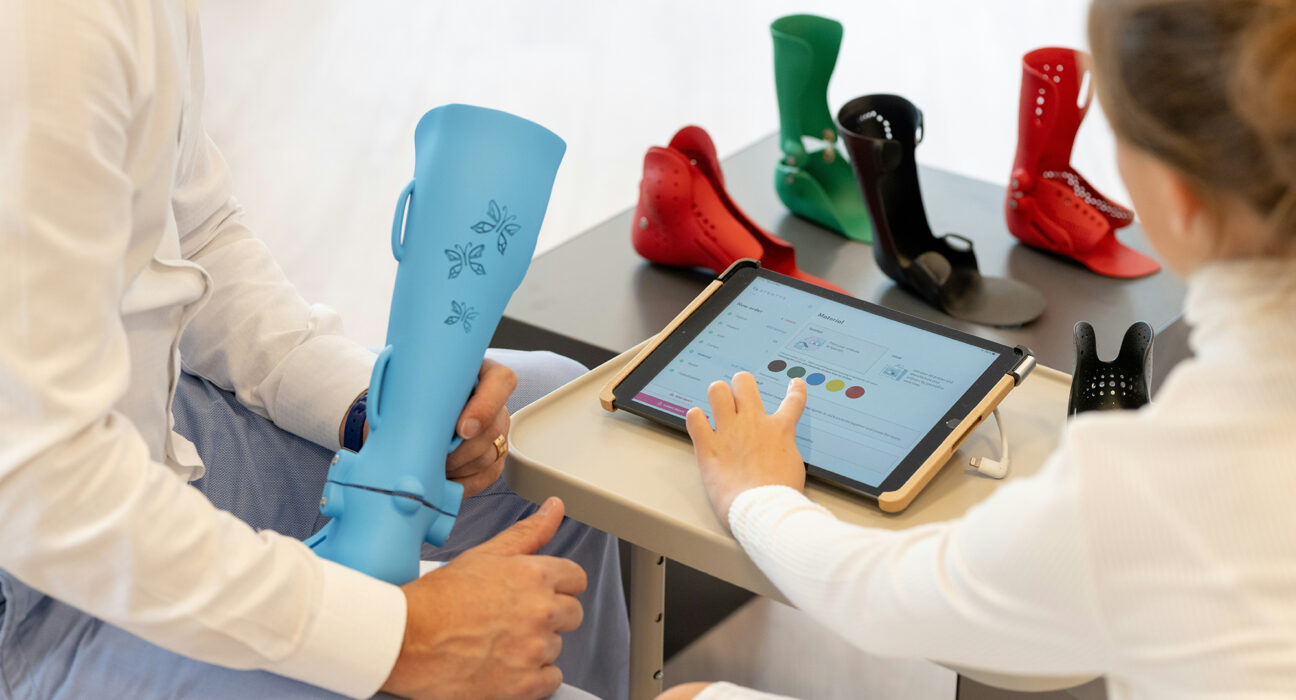Karolinska University Hospital in Stockholm has been highly acclaimed for its standard of care, but one of its most coveted rewards is having been deemed the world’s tenth smartest hospital in Newsweek’s World Best Smart Hospitals 2024 survey. The latter delves into how well hospitals are adopting and utilizing the very latest technology in areas such as artificial intelligence, robotics, and telemedicine. Read on to discover how this hospital is setting the bar high for hospitals throughout Europe and beyond.
Telemedicine at the Karolinska University Hospital
Karolinska University Hospital has embraced remote patient monitoring with aplomb, with Dr. David Konrad, Managing Director Perioperative Medicine and Intensive Care, recently explaining the benefits of telemedicine. Home monitoring enables patients (especially those who are chronically ill) to feel more empowered in their health journey. This is particularly true for senior patients. Telemedicine can be used to detect disease earlier and identify the deterioration of existing illnesses. Take the case of patients with congestive heart failure. As noted by Dr. Konrad, these patients can remotely monitor a host of signs, including their heart rate and blood pressure, as well as take note of unexpected changes, such as weight gain or loss. Doing so has already led to greatly reduced readmission rates for patients with heart failure. The Hospital is also working on using telemedicine to monitor patients beyond the hospital so that hospital stays can be reduced and complications decreased.
Better Diagnostics with Artificial Intelligence
Artificial intelligence (AI) is helping physicians at Karolinska University Hospital make far more precise decisions than ever before. According to the Hospital’s Dr. Paolo Parini (Director of Research & Development, Education, and Innovation) generative AI is helping to generate faster diagnoses via multivariate functionals and biochemical analyses. Its CAIR-Lab is completely focused on developing clinical applications using AI. This laboratory started using AI as far back as 2014, when it relied on machine intelligence to interpret orthopaedic radiographs. This led to several projects involving the use of AI-supported radiography.
Research on AI
The Karolinska University Hospital is also making waves in the use of AI to diagnose breast cancer. Studies have demonstrated that women who have regular mammography have a 40% lower risk of dying from breast cancer within 10 years of a diagnosis. However, there is a significant shortage of radiologists who can examine the results. Fredrik Strand, a researcher at Karolinska University Hospital, has stated that hospitals are currently asking radiologists to continue working until they are aged 75. That is way beyond the retirement age. Dr. Strand is carrying out research to determine whether AI can complement or even replace radiologists in the initial review of mammograms obtained during routine screenings. Thus far, Strand and his team have evaluated three AI algorithms, finding that the best of them was at least as accurate as an average radiologist. The second part of the project involves inviting some women back for a supplementary MRI examination, with a view to further increasing precision. AI can also cut wait times for women wishing to receive their results, as the technology can immediately send patients a message letting them know they are healthy.
Patients Are Pleased to Receive Aid from Machines
Research conducted by the Karolinska University Hospital shows that patients are happy with AI technology giving doctors a lending hand. This is because they are aware that AI is capable of analyzing enormous data banks and conducting comparisons with individual patient scans. More and more, the awareness of AI’s ability to automate tasks such as scheduling, billing, and data analysis is giving patients hope that they can stay on top of their health needs, even in the face of medical staff shortages.
Robotics at the Karolinska University Hospital
Karolinska University Hospital is among the first in Europe to introduce a new single-port robotic surgery system. Unlike other robots, this system uses only one hole during surgery. Both a camera and instruments go into the same hole, and can be unfolded when the surgeon is ready to commence the operation. This approach permits staff to perform surgery that was previously considered excessively risky. The hospital performed the first surgery in Europe using this single-port robot in April 2024. This technology enables doctors to enter through the mouth of patients, thus avoiding major procedures on the jaw. In some cases, the vagina or anus is the point of entry chosen by surgeons. The result is less pain, shorter operation time, and reduced hospital space. Medics are confident that this robot will make a big difference when it comes to reducing patients’ suffering.
Karolinska University Hospital is a testimony to the excellence of the Swedish public health system. It was recently recognized in Newsweek’s World Best Smart Hospitals 2024 survey. This report highlighted three main areas in which the hospital stands out: telemedicine, AI, and robotics. Altogether, these technologies show how medicine can evolve to offer more precise, efficient, and accessible health care.












